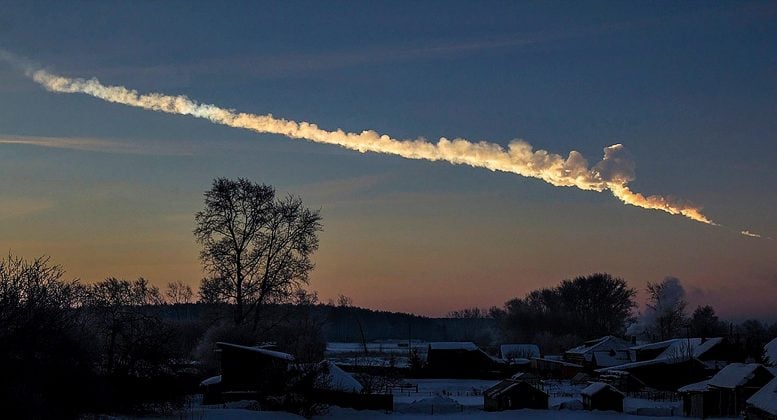
It is not uncommon for asteroids to hit Earth. In 2013, the Chelyabinsk meteor exploded over Russia, injuring hundreds. Credit: Alex Alishevskikh, licensed under CC BY-SA 2.0
The Chelyabinsk asteroid impact in 2013 highlighted the threat of asteroids and spurred international cooperation on planetary defense, leading to initiatives like the International Asteroid Warning Network and missions to study and potentially deflect asteroids, such as ESA’s Hera and the proposed NEOMIR telescope.
It’s a scenario made famous by the 1998 film ‘Armageddon’: an asteroid is spotted on a collision course with Earth, and experts scramble to plan a space mission to rendezvous with the asteroid and mitigate the danger. It’s classic science fiction, but did you know there is a very real group responsible for recommending such a response in real life? And it celebrates its tenth birthday this week.
When the Chelyabinsk asteroid struck the skies over Russia’s Ural region in February 2013, it highlighted humankind’s fragility.
With a mass of around 12,000 tonnes and a size of 19 m, the Chelyabinsk asteroid was the second-largest asteroid to strike Earth in the last century. Impacting the upper atmosphere at a shallow angle and at high speed, it disintegrated, releasing a shockwave that injured more than 1500 people and damaged 7300 buildings. Many people were also injured by shards of flying glass as they peered out of windows to see what was happening.
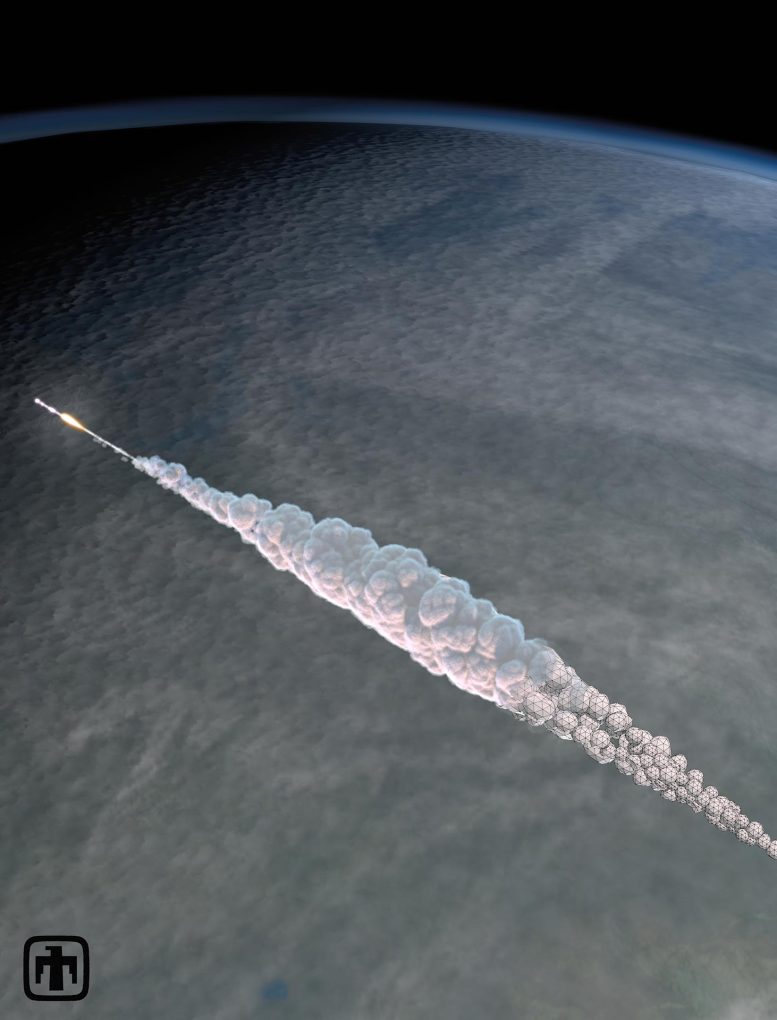
This 3D simulation of the Chelyabinsk meteor explosion by Mark Boslough was rendered by Brad Carvey using the CTH code on Sandia National Laboratories’ Red Sky supercomputer. Andrea Carvey composited the wireframe tail. Credit: Sandia Labs
By a strange twist of fate, the Chelyabinsk asteroid struck on the same day that the United Nations Committee on Peaceful Uses of Outer Space Working Group on Near-Earth Objects met in Vienna to finalize a recommendation to the UN on how to defend Earth from possible asteroid impacts.
At this meeting, Earth’s experts laid the foundations for the formation of two international bodies that would enable a truly global response to the risk of an asteroid strike: the International Asteroid Warning Network (IAWN) and the Space Mission Planning Advisory Group (SMPAG; pronounced ‘same page’).
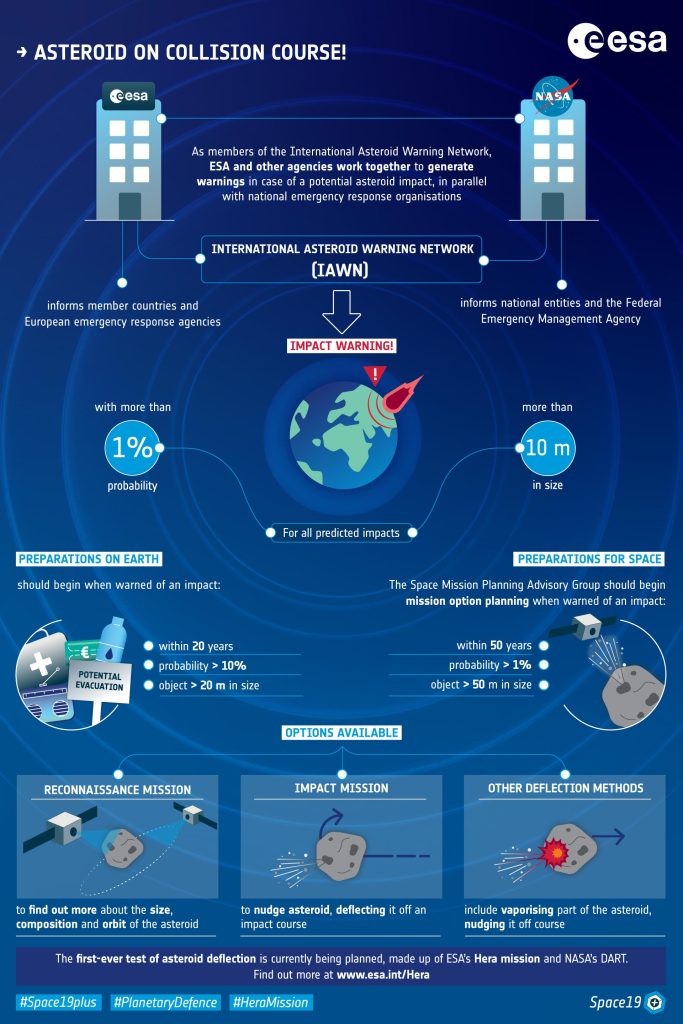
What would happen if ESA and space agencies around the world discovered an asteroid likely to impact our planet?
As a member of the International Asteroid Warning Network, ESA and other agencies work together to generate warnings in case of a potential asteroid impact, passing confirmed facts to national emergency response agencies.
Depending on the size of the asteroid, the chance of it striking Earth and how much advance warning is provided, a range of options are available.
In space, options include reconnaisance missions to gather more infomation and deflection missions to nudge the asteroid onto a different – and safe – path.
Preparations on the ground involve potential evacuations and disaster response management.
Credit: ESA
Keeping Humankind on the ‘Same Page’
SMPAG and IAWN are now celebrating their tenth anniversaries, with the first SMPAG meeting taking place on 6-7 February 2014 and the first IAWN meeting taking place in January of the same year.
IAWN is coordinated by NASA: it is a worldwide collaboration of asteroid observers, analysts, and modelers. When an asteroid is detected on a collision course with Earth, IAWN assesses the impact time, location, and severity.
It is IAWN’s job to inform SMPAG and national governments via the UN and to provide the information about the asteroid needed to plan a reactive space mission and for civil disaster preparation and response agencies.
SMPAG is chaired by ESA: it serves as a forum for the world’s space agencies and coordinates Earth’s space-based response to the danger.
It assesses the possibility of using spacecraft missions (typically not involving oil drillers) to study, deflect, or destroy an incoming asteroid larger than 50 m in size and with an impact probability larger than 1 %. It then advises decision-makers on possible actions to take.
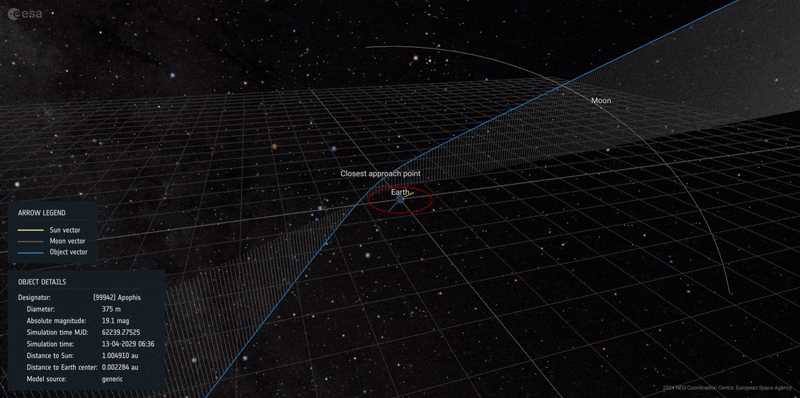
On Friday, April 13, 2029, the infamous asteroid Apophis will make a close approach to Earth. Passing at a distance of less than 40,000 km, it will be visible to the naked eye. Credit: ESA, CC BY-SA 3.0 IGO
Advancements in Asteroid Detection and Defense
During the recent 22nd meeting of SMPAG on January 31, 2024, one of the major topics of discussion was the possible exchange of information between space agencies planning to explore asteroid Apophis.
Apophis is a large asteroid, estimated to be around 350 m across, that will safely fly by Earth on April 13, 2029. It will come closer to our planet than the ring of telecommunications and weather forecasting satellites in geostationary orbit.
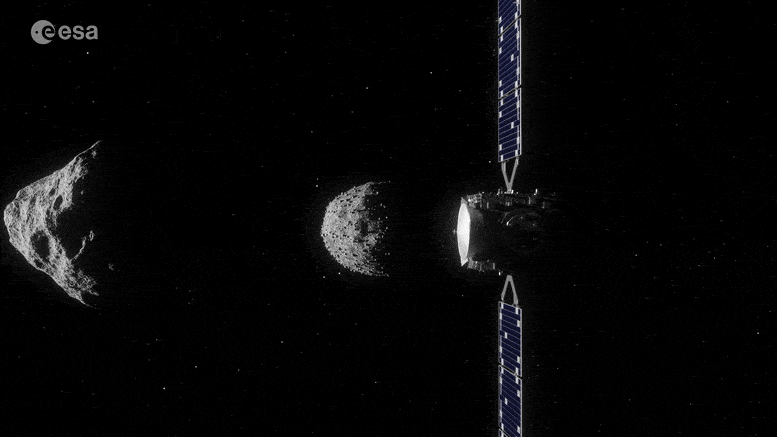
In the world’s first test of asteroid deflection, Hera will perform a detailed post-impact survey of the target asteroid, Dimorphos – the orbiting Moonlet in a binary asteroid system known as Didymos. Now that NASA’s DART mission has impacted the moonlet, Hera will turn the grand-scale experiment into a well-understood and repeatable planetary defense technique. Demonstrating new technologies from autonomous navigation around an asteroid to low gravity proximity operations, Hera will be humankind’s first probe to rendezvous with a binary asteroid system and Europe’s flagship Planetary Defender. Credit: ESA-Science Office
This flyby offers a unique chance to study such a large asteroid up close with a satellite mission, and space agencies intend to make the most of it. ESA is currently studying two mission concepts that would fly to Apophis as it approaches Earth in 2029.
ESA is also currently preparing to launch its Hera mission. In September 2022, NASA’s DART mission demonstrated a key component of asteroid deflection – an impact in which a spacecraft deliberately crashes into an asteroid to alter its course.
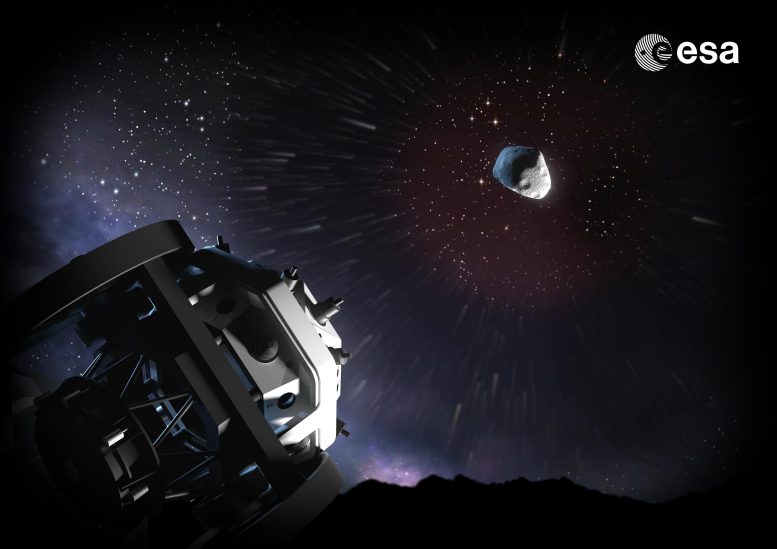
As part of the global effort to hunt out risky celestial objects such as asteroids and comets, ESA is developing an automated telescope for nightly sky surveys. This telescope is the first in a future network that would completely scan the sky and automatically identify possible new near-Earth objects, or NEOs, for follow-up and later checking by human researchers.
The telescope, nicknamed ‘Flyeye’, splits the image into 16 smaller sub-images to expand the field of view, similar to the technique exploited by a fly’s compound eye. Credit: ESA/A. Baker
Hera will launch in October 2024 and travel to the same asteroid system and measure the results. In doing so, it will help turn this novel experiment into a repeatable planetary defense approach.
The Challenge of Detecting Near-Earth Asteroids
However, in order to deflect an asteroid, you first have to spot it. The Minor Planet Center currently catalogs over 34,000 known near-Earth asteroids, and ESA’s Near-Earth Object Coordination Centre keeps a close eye on them.
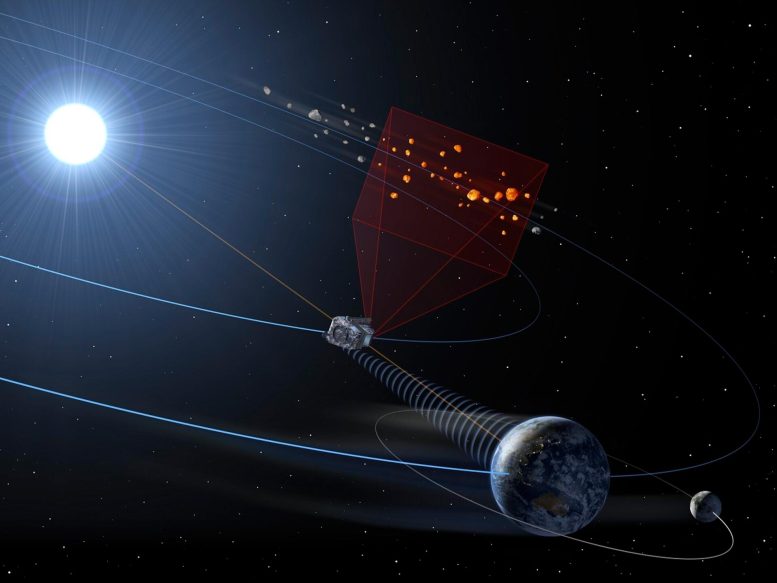
The NEOMIR orbiting observatory will act as an early warning system to detect and monitor any asteroid coming towards Earth from the Sun’s direction. NEOMIR will be placed between the Sun and Earth, at the first Lagrange point (L1). Using a high-performance infrared detector, it will detect near-Earth objects with a diameter of over 20 meters at least three weeks in advance of potential Earth impact. Credit: ESA / Pierre Carril
ESA’s two Test-Bed Telescopes and its upcoming Flyeye telescope are part of a future automated network that will continuously scan the entire sky every night on the hunt for new, potentially dangerous space rocks. Anything this network finds will be checked by a human, before being submitted to the Minor Planet Center to trigger follow-up observations.
But even this network won’t be able to spot the asteroids heading towards Earth while hiding within the glare of the Sun. ESA’s proposed NEOMIR space-based telescope will be located outside of Earth’s distorting atmosphere, and therefore able to rely on infrared light, rather than visible light. By making observations in the infrared, NEOMIR will detect the heat emitted by asteroids themselves, which isn’t drowned out by sunlight.

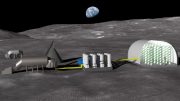
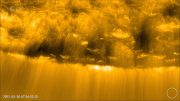

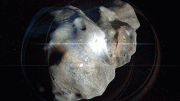
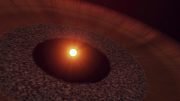
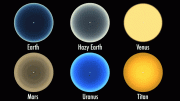


Be the first to comment on "The Asteroid Hunters: 10 Years Preparing for “Armageddon”"